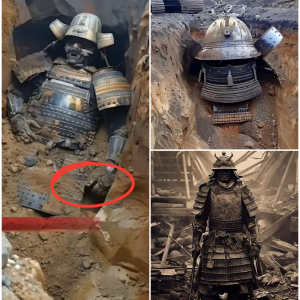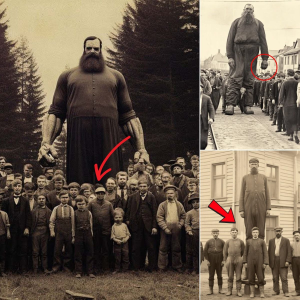Step back in time 290 million years to when bizarre-looking creatures dominated life on land and sea, and dinosaurs had not yet evolved. Find out about the most devastating mass extinction the world has ever seen.
Permian Monsters: Life Before the Dinosaurs, opening Friday, Jan. 8, blends vivid artwork, amazing fossils and full-size scientifically accurate models of moving beasts to recreate this relatively unknown period that ended with the most devastating extinction of life.
Visitors will explore odd-looking sharks, strange reptilelike precursors of mammals, a vicious giant saber-toothed gorgonopsid, and other extinct creatures that ruled the world millions of years before the dinosaurs.

The Permian period lasted from 299 to 251 million years ago and produced the first large plant-eating and meat-eating animals. The period ended with the extinction of some 90% of all life. What caused this mass extinction had baffled scientists for the last 20 years, but a recent discovery shed new light on the cause: global warming.
“The Permian is a really interesting time in the history of life and the history of the earth,” said Ted Daeschler, PhD, a vertebrate paleontologist at the Academy and professor at Drexel University. “This is a great opportunity for kids and adults to explore an unfamiliar part of the fossil record.”
Exhibits Senior Director Jennifer Sontchi and Vertebrate Zoology Associate Curator Ted Daeschler explain the creatures of the Permian. Credit: MLTV-Main Line Network
Visitors will learn how this now familiar phenomenon — the long term warming of the planet — was triggered millions of years ago in another geological period by a huge volcanic eruption that set off a chain of events that led to the vast extinction of plants and animals.
Today we are experiencing another mass extinction of species, but this time there is a different trigger to global warming than in the Permian period. In the current geological period, called Anthropocene, human activity has been the dominant influence on climate and the environment.
“There is much to be learned by looking at our past to understand our future,” said Academy President and CEO Scott Cooper. “Permian Monsters: Life Before the Dinosaurs is an excellent place for both adults and children to start to understand how life looked millions of years ago and what that means for us today.
“These beasts are truly fascinating to see, and some people may think they resemble the dinosaurs,” Cooper said. “It’s hard to image them walking and swimming through our world today, yet life as we know it today traces its origins to some of these creatures. We hope everyone who visits Permian Monsters will be inspired to take care of our precious world.”

The Art and Science of Permian Monsters
Permian Monsters blends art and science with a collection of new vivid artwork created through the vision of award-winning paleo-artist Julius Csotonyi. Visitors will see casts of fossilized skeletons, scientifically accurate 3D sculptures, and full-size beasts including seven that move with animatronics.
View giant insects, bizarre-looking sharks, long extinct sea creatures and strange herbivorous and carnivorous reptilelike animals that predated mammals. Meet the top predator of the time and find out what nearly killed them all to make way for Earth’s next rulers: the dinosaurs!
Permian Monsters: Life Before the Dinosaurs will be on view through Jan. 17, 2022. Permian Monsters was developed by Gondwana Studios, Tasmania, Australia
Admission to Permian Monsters is by timed ticket; to purchase tickets, visit ansp.org.
The Permian Explained
What is the Permian?
The Permian is a geological record that began nearly 300 million years ago, almost 50 million years before the Age of the Dinosaurs. During the Permian the first large herbivores and carnivores became widespread on land. The Permian ended with the largest mass extinction in the history of the Earth.
What was the Earth like?
During the Permian, the Earth’s land masses were joined in one supercontinent known as Pangea.
The Permian began toward the end of an ice age; therefore, the Earth was cooler than it is today. By the end of the early Permian, the icecaps melted, and the Earth slowly warmed up, becoming a lush green planet, where both animal and plant life thrived.

What life forms existed during the Permian?
Plant life consisted mostly of ferns, conifers and small shrubs.
Animals included sharks, bony fish, arthropods, amphibians, reptiles and synapsids. The first true mammals would not appear until the next geological period, the Triassic.
How long did it last?
The Permian Period lasted nearly 47 million years. It ended 252 million years ago with the start of the Triassic Period.
How did it end?
The Permian ended with the largest mass extinction in the history of Earth: some 90% of all plant and animal life was wiped out. By the end of the Permian, the Earth had become a “biological desert.”






